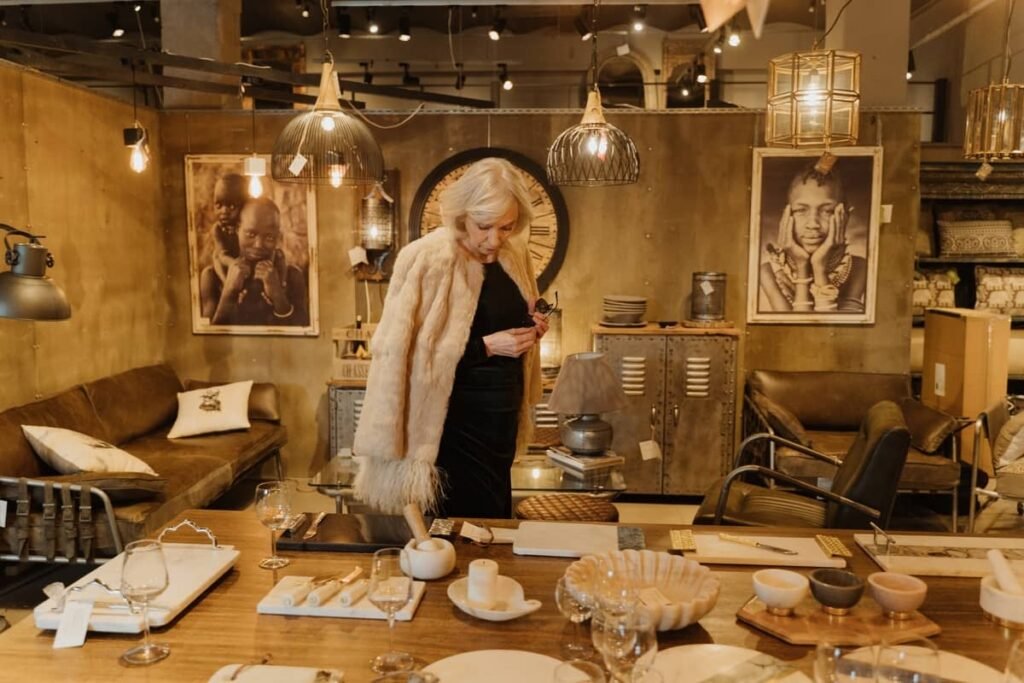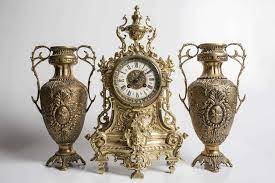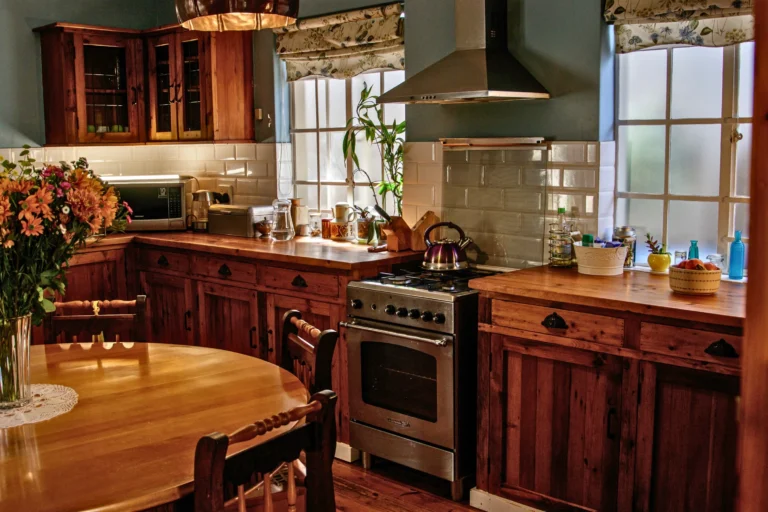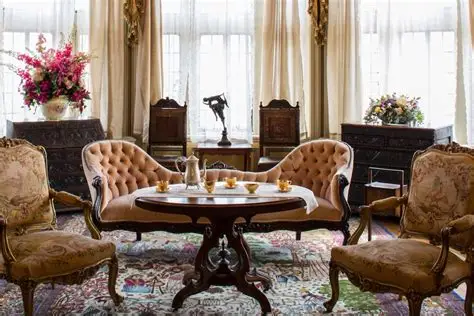
Restored antique pieces bring history to life
Restored antique pieces bring history to life by connecting the past with the present in meaningful ways. Each piece tells a story — from the craftsmanship of its maker to the generations that once used it. Restoration not only preserves these memories but also gives the item new purpose and beauty. Through careful techniques and attention to detail, skilled restorers transform worn-out objects into timeless treasures. These revived antiques allow people to appreciate the artistry and history that shaped earlier times.

Preserving Cultural Heritage
Antique restoration plays a vital role in preserving cultural heritage. Every restored item, whether a piece of furniture, a clock, or a painting, represents a part of human history. By restoring these items, craftsmen protect traditions that might otherwise fade away. The process helps future generations understand and value historical craftsmanship. It also provides a tangible connection to the past, allowing museums, collectors, and homeowners to share stories that would otherwise be lost to time.
The Art of Restoration
Restoring antique pieces requires a balance of art and science. Skilled restorers study the materials, techniques, and finishes used by the original craftsman before beginning their work. They clean, repair, and refinish each piece using methods that maintain authenticity while enhancing durability. This process takes patience, precision, and respect for the original design. When done correctly, restoration highlights the antique’s original charm without erasing its historical character, breathing life into what was once forgotten.
Sustainability Through Restoration
Restoring antiques also supports sustainability. Instead of discarding old furniture or artifacts, restoration gives them a second life, reducing waste and the need for new production. Using eco-friendly materials and traditional repair techniques minimizes environmental impact. By choosing restoration over replacement, individuals help conserve natural resources and reduce carbon emissions. This approach aligns beautifully with modern efforts toward sustainable living while keeping history alive through timeless craftsmanship.
Emotional and Aesthetic Value
Restored antique pieces carry emotional and aesthetic value that new items often lack. They evoke nostalgia, warmth, and a sense of connection to the past. The imperfections and patina on each piece tell a story, making them unique and deeply personal. Displaying a restored antique in a home adds character and charm that mass-produced items cannot replicate. Whether it’s a family heirloom or a market find, restored antiques enrich spaces with authenticity and history.
How Restoration Adds Functionality
Modern restoration not only revives the appearance of antique pieces but also improves their functionality. Craftsmen reinforce structures, repair joints, and restore moving parts to ensure longevity. For instance, a restored dining table or dresser can serve as a practical, everyday piece while maintaining its antique charm. This combination of beauty and utility allows restored antiques to blend seamlessly into modern spaces, proving that history and functionality can coexist beautifully.
Investing in Restored Antiques
Choosing restored antique pieces is both a sentimental and financial investment. Quality restoration increases the value of antiques while preserving their integrity. Collectors and homeowners often find that well-restored items appreciate over time, especially when craftsmanship and authenticity are maintained. Beyond monetary worth, the emotional satisfaction of owning a piece of history adds immeasurable value. Investing in restored antiques is, therefore, an investment in art, culture, and timeless beauty.
Conclusion: Breathing Life into the Past
Restored antique pieces bring history to life by preserving heritage, promoting sustainability, and adding emotional depth to modern living. Through skilled craftsmanship, these pieces regain their strength and elegance while retaining their original spirit. Restoration ensures that the artistry of the past continues to inspire the present and future. By choosing to restore rather than replace, we honor history and keep its stories alive for generations to come.







